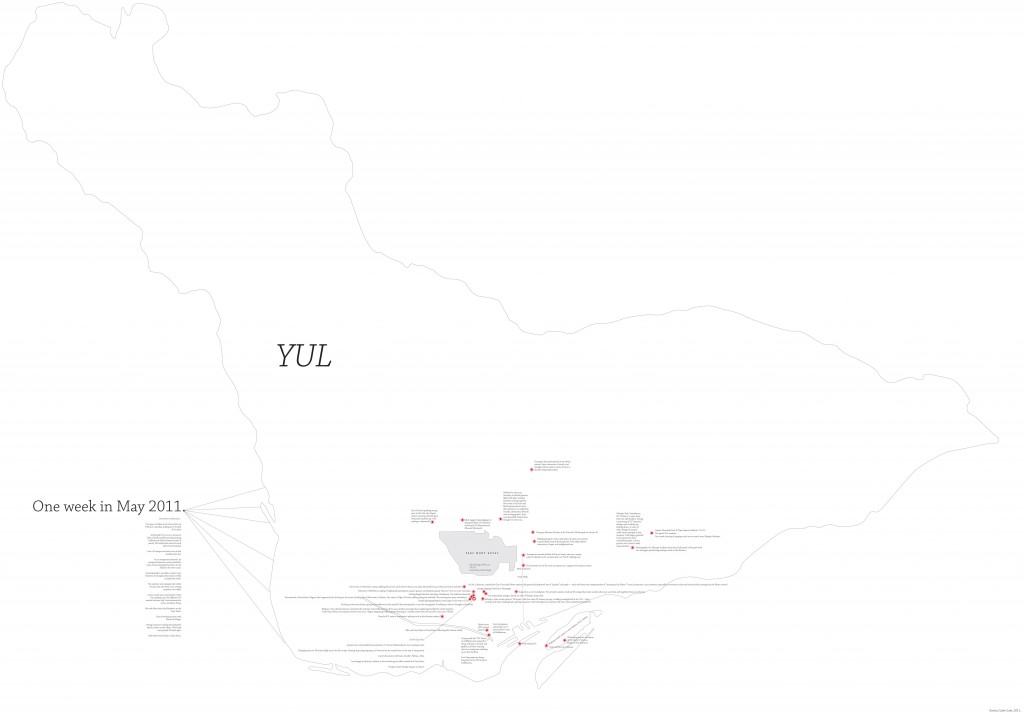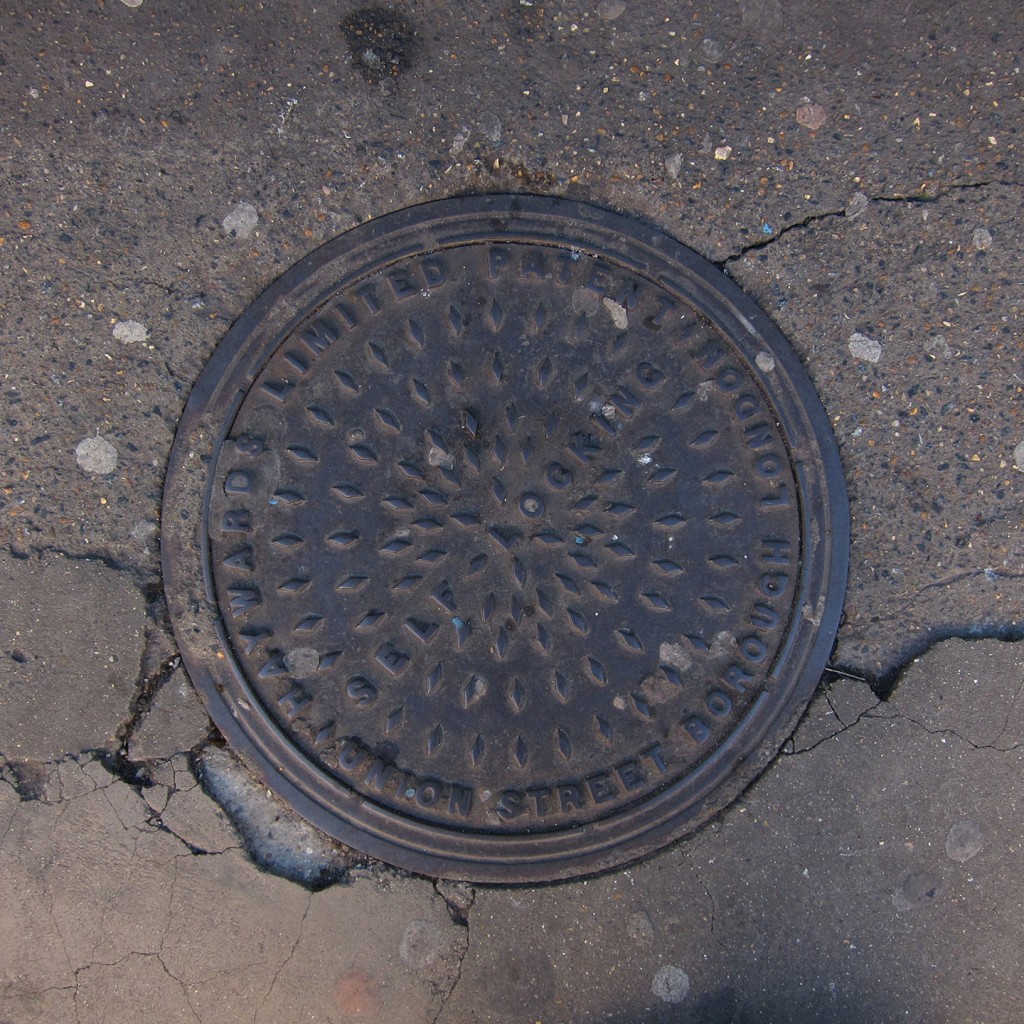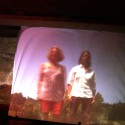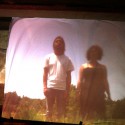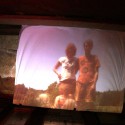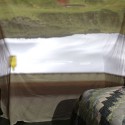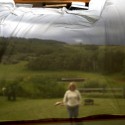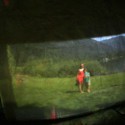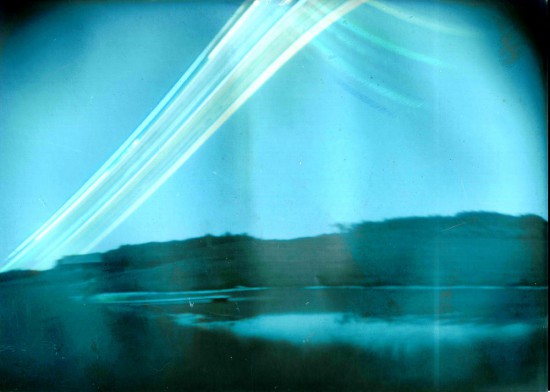The work that I began at Fast Forward>> Vinalhaven came in two flavours, both of which I was experimenting with. The first tentative steps into exploring photography in a new way became my work for the next several months, and even though I have been really productive, I feel like I have only just begun.
Slowing Time
At the Sparrow Farm I constructed a pinhole camera in the basement of the residence, posed people for several minutes, and photographed the projected images with a long-exposure digital image. The images are soft, and slightly blurry – and you get a direct sense of time passing. At one point Andrew Twigg, another DI participant, took a one-minute phone video of the people posing. When paired with the pinhole camera image and viewed at the same time, it offers a unique view of time passing: a 30 fps video that is crisp and clear, but we know is composed of hundreds of still frames – or one still image, which we know encapsulates hundreds of seconds.
Over the course of summer travel I used this technique multiple times, creating cameras of a vacation home in the Kootenay Lake region of British Columbia and a ranch in the Porcupine Hills, nestled below the Rocky Mountains.
Extended Time
A second project experimented with a technique only recently discovered, which is to place a pinhole camera in a location that faces the sky (usually south) and expose the photographic paper inside for a very long time: days, weeks or months. When you remove the paper, there is no chemical development needed: the image appears on the paper.
The first time I tried this process was on Vinalhaven, where I exposed the paper for 5 days. The resulting image is haunting: above the Sparrow Farmhouse it shows the trace of not only the sun, but also a bolt of lightning that we had one night during a storm and all of the headlights of cars that came and went during our stay at the farm.
The next image was a 3-week exposure on a ranch where I was staying, exploring agricultural sustainability. Next to the fencepost that I had attached the camera was a motion-activated wildlife camera, which shows deer, elk, and bears all traversing across this field of vision. I love that this image incorporates all of that, but makes it invisible given the extreme slowness of photographic recording.
I currently have dozens of cameras fixed in various locations of southern Alberta, and will need to wait months before opening them to reveal the images. Time for these cameras is slowing to a half-year.
